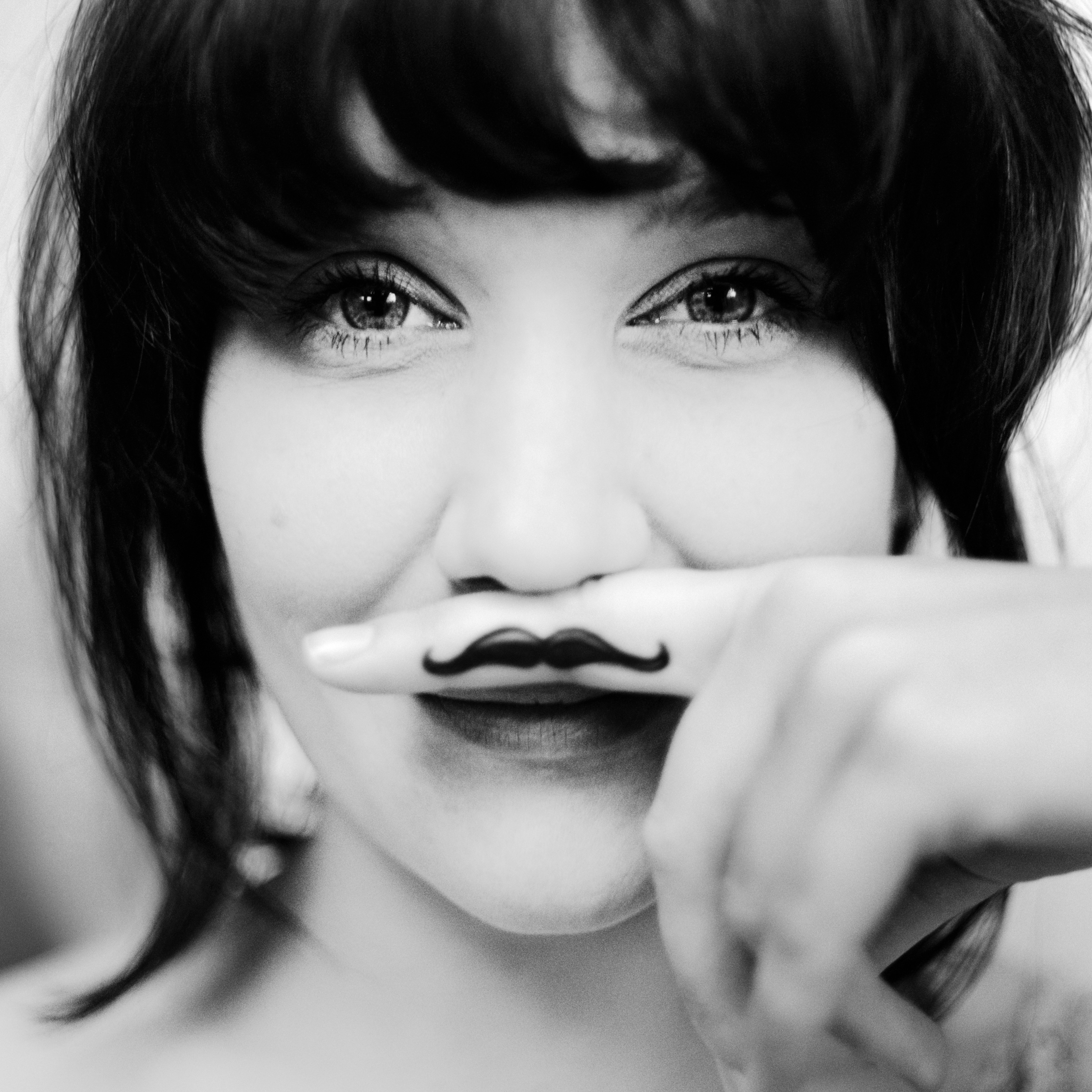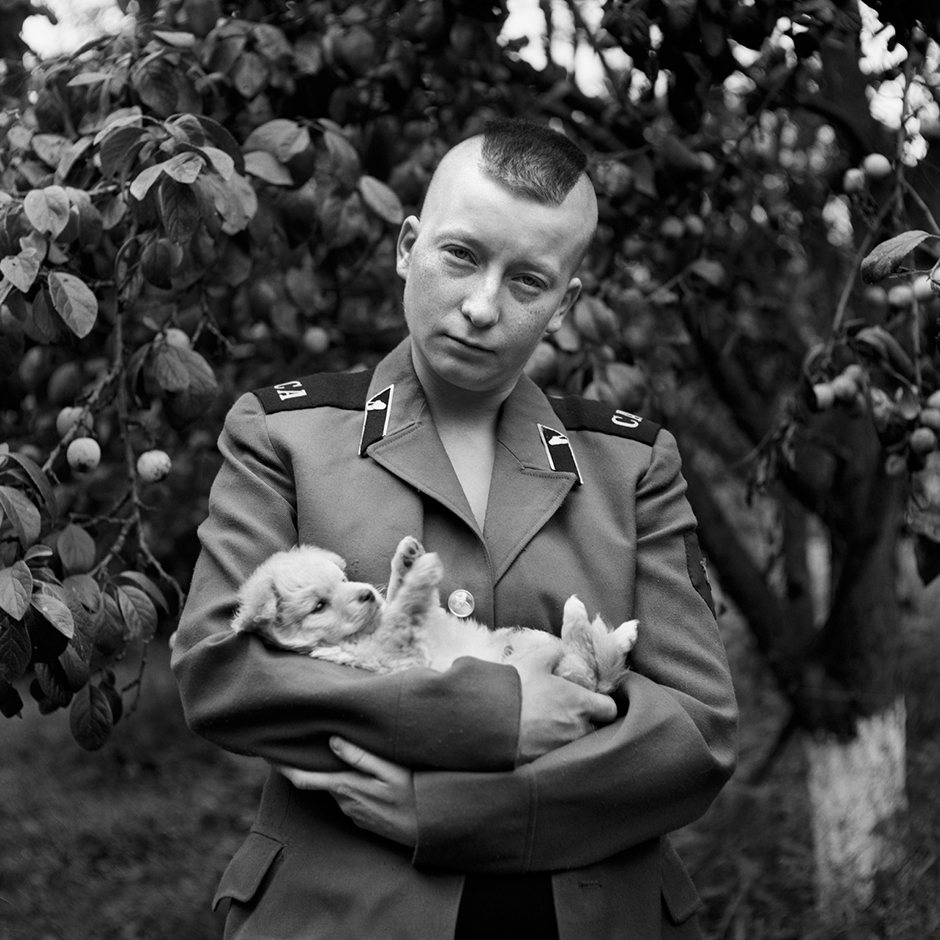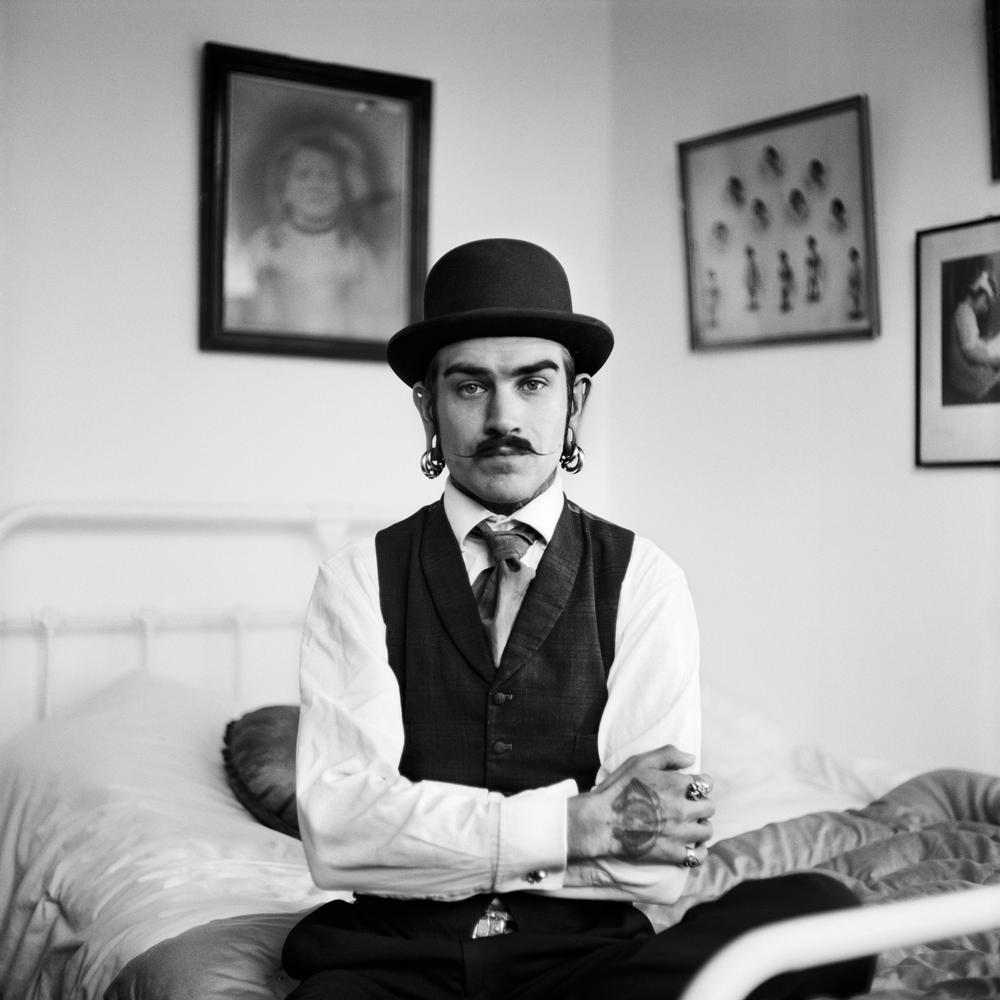El fotógrafo finlandés Nelli Palomäki (* 1981) busca la magia perdida que alguna vez fue inherente a la fotografía en los días en que el retrato era algo especial. Atemporales retratos en blanco y negro de Palomaki de niños y adultos, jóvenes que revelan la fragilidad del momento. Sus fotografías tratan de crecer, la memoria y la mortalidad. En las propias palabras del artista, «Luchamos contra nuestra mortalidad, negarlo, pero las fotografías están ahí para demostrar nuestro destino ineludible. La idea de envejecer es desgarradora». Según sus palabras la imagen que cada uno tenemos de nosotros mismos no es completamente cierta, lo que vemos en el espejo no se corresponde exactamente con la realidad, muchas veces una fotografía nos puede decir mucho más que el espejo. Se dedica a los retratos, en cada uno de ellos siguiendo con lo que ella dice ella se está retratando también así misma, la manera en que se relaciona con el sujeto, lo que ella decide ver o la manera en que decide enfocar ese retrato determinan la imagen final. Retratando a esa persona siente que en cierto modo está ayudando a que esa persona perdure para siempre.
ENG: Seen and captured by someone else’s eyes reminds us that the image we have of ourselves is not absolute, it is not truthful. In many senses the mirror lies more than a photograph. We learn to see ourselves in such a one-dimensional way, that hardly any image can satisfy us anymore. While time gnaws away at the faces of us and our close ones, we return to look at the pictures from our past. As beautiful or poignant as an image may be; as much as we could garner from it emotionally, the feeling for which we search remains intangible and elusive. We will never fully comprehend or recreate the moment, it died at the moment of its’ birth. Sadly, the portrait is just a shadow of our meeting, a small stain of the time we spend together. Each and every portrait I have taken is a photograph of me too. What I decide to see, or more likely, how I confront the things that I see, inevitably determines the final image. But more than that, the intensity of the moment shared with the subject, controls the portrait. As we stand there, with our grave faces, breathing the same heavy air; never so aware of each other’s details. One blind and lost without seeing his own appearance, one desperately trying to reach the perfect moment. The complexity of portraiture, its greatest trap, eventually always lies on its power relationships. What I desire to find and to reveal might be someone’s secret. These secrets, finally shown to the viewers, as they were mine. A portrait remains forever. It is a desperate way to stay connected to someone who, though possibly a stranger, remains so familiar. It is my way of preserving a part of that person, embalming them. Through the portrait I build a relationship with my subject. I carry my subject’s memories with me, memories, as they are, being so intimately connected with photographs. Secretly I study their faces. This is how I remember them. I wonder how they remember me. As the time eats slowly away at us, I still hold these images of them, like they are the only way I ever knew, or will know these people. And that ever pervasive feeling; I met them. They will die and eventually I too will die.



